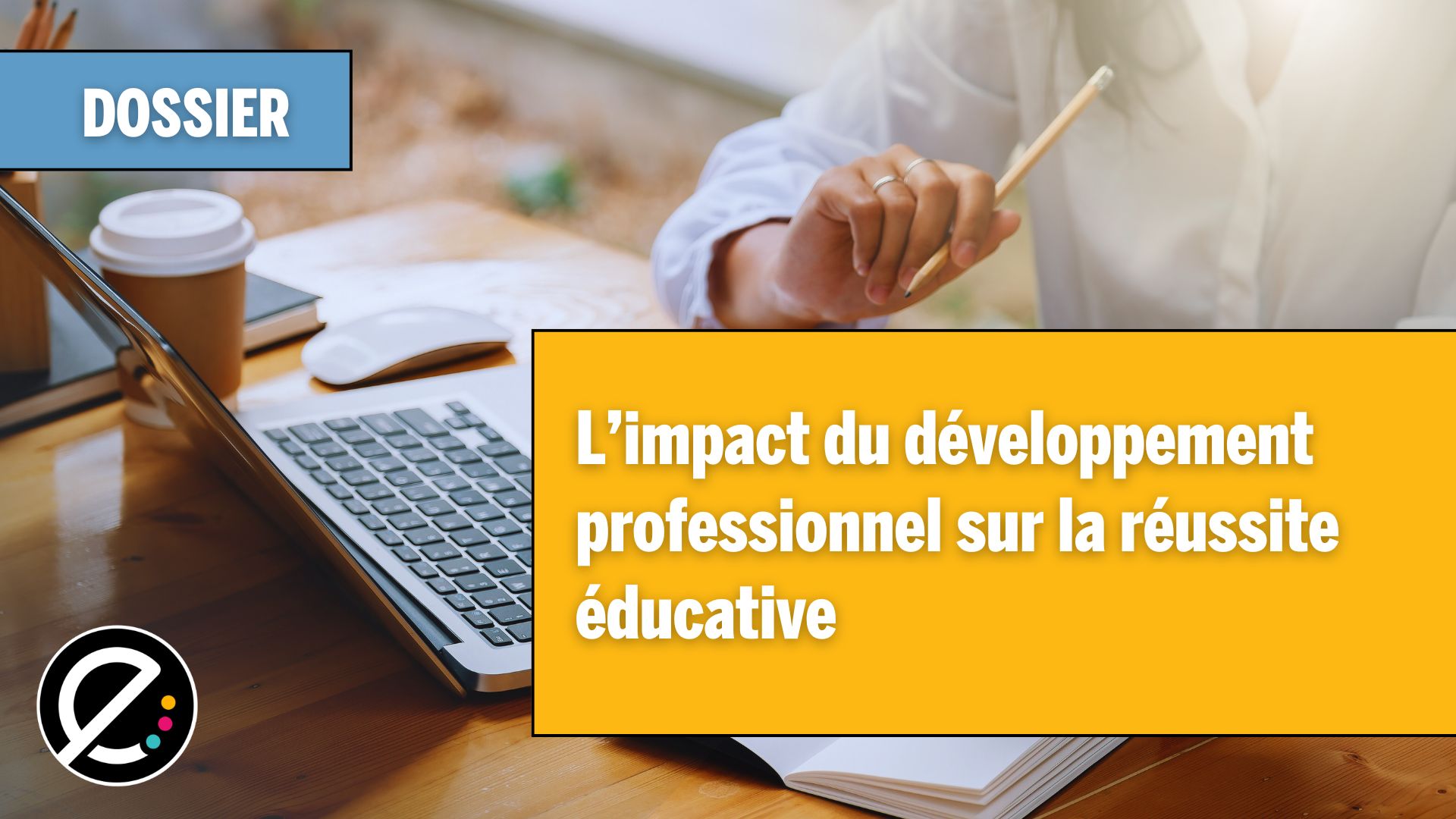Créer du matériel pédagogique en fonction de ce qui intéresse chaque élève et organiser le tout selon sa façon d’apprendre pourrait devenir possible grâce aux neurosciences.
Dans le domaine des neurosciences, on s’intéresse de plus en plus au suivi des mouvements oculaires. Pour plusieurs raisons, le milieu de l’éducation s’y intéresse aussi. Quelles sont les retombées possibles au niveau de l’enseignement et de l’apprentissage? Quels sont les enjeux? Quels sont les aspects éthiques soulevés? Tour d’horizon.
Qu’est que l’analyse et le suivi des mouvements oculaires?
Les récentes avancées en matière de neurosciences font en sorte qu’il est désormais d’obtenir de précieuses données en analysant les mouvements des yeux d’un individu. Comment cela est-il possible?
Des appareils spécialisés, comme des lunettes et des lecteurs fixes munis de différents capteurs, reconnaissent les mouvements des yeux d’un individu. Les données permettent ainsi de savoir exactement où une personne regarde, combien de temps son regard a porté sur tel ou tel objet ou ce qu’elle n’a pas regardé du tout. En jargon scientifique, cette pratique se nomme l’analyse et le suivi oculaires (eye tracking). Les données relatives à ce qui a été regardé ou non et pendant combien de temps permettent en retour de savoir où a porté l’attention ou la distraction d’un individu.
Pour mieux comprendre, visionnez cette vidéo qui expose un exemple du processus d’analyse et de suivi oculaires en éducation.
Les usages possibles en éducation
Grâce au suivi oculaire, il serait possible de savoir ce qu’un élève a regardé lorsqu’il a lu les notes de cours. Son regard a-t-il porté principalement sur les images? Son attention a-t-elle été dirigée surtout vers le texte se trouvant au haut de la page? Cela permettrait à un enseignant ou à un concepteur de matériel pédagogique de savoir, sur le plan du contenu, ce qui intéresse les apprenants et, sur le plan du contenant, comment organiser l’information et la présentation.
C’est surtout dans le domaine de l’enseignement adapté et dans les troubles de l’apprentissage que les retombées sont susceptibles d’être les plus importantes. Les informations de l’analyse et du suivi oculaires permettent, toujours à titre d’exemple, d’obtenir des informations précises sur la façon dont lit un élève atteint de dyslexie et les obstacles sur lesquels il se bute. Cela pourrait entrainer de nouvelles méthodes de traitement et d’enseignement. En permettant de mesurer l’attention des élèves, cette technologie pourrait aussi avoir des impacts importants pour le dépistage et le traitement des troubles de déficit d’attention.
Enjeux et aspects éthiques
Le développement de l’analyse et du suivi oculaires et son entrée dans le domaine de l’éducation soulève des enjeux d’envergure, dont plusieurs sur le plan éthique. L’un d’entre eux est de faire reposer de manière trop importante l’enseignement et l’apprentissage sur des données issues des neurosciences. Dans le même ordre d’idée, un autre enjeu concerne la vie privée et l’utilisation de données biométriques.






